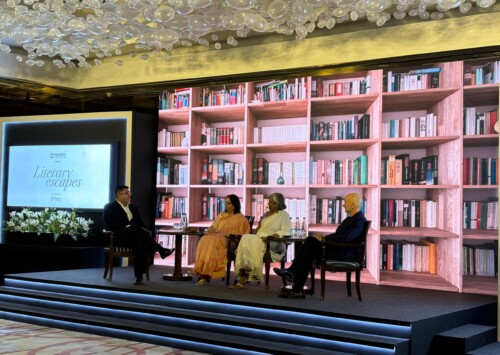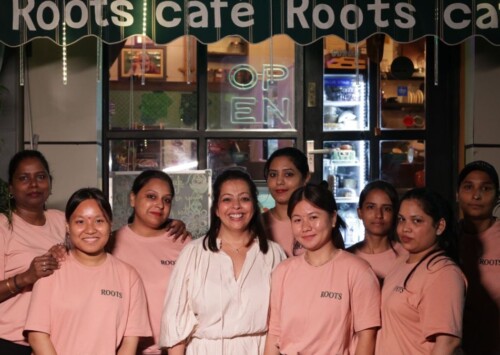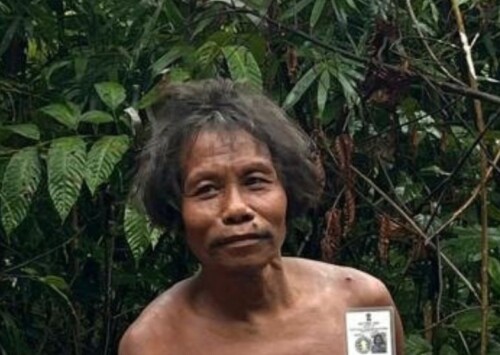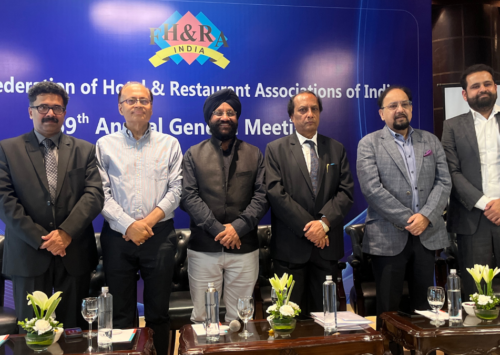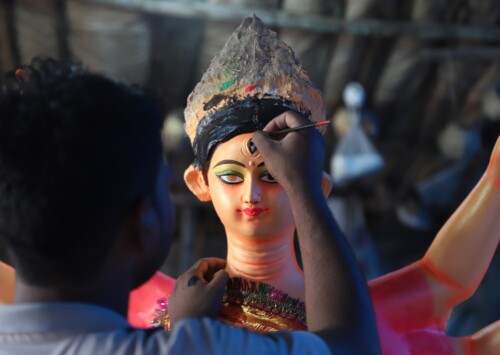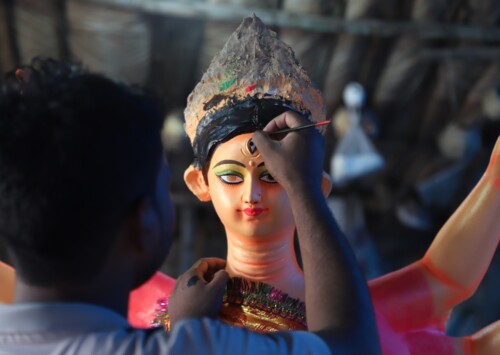Obscure film genres shaping cinema beyond mainstream storytelling
From folk horror to swashbucklers, niche styles endure
Obscure film genres, from biopunk to screwball comedy, highlight cinema’s diversity through unique aesthetics, themes and histories. Examining their evolution and impact reveals how these underexplored categories continue shaping global screen culture and audience engagement.
Obscure film genres often slip past mainstream conversations, yet they shape cinema with distinctive aesthetics, cultural undertones and technical flair. From cavernous folk horrors to glittering costume dramas, these subgenres continue influencing both contemporary filmmaking and streaming trends. Here are seven fascinating but underexplored categories.
Big dress movies

Sofia Coppola’s Marie Antoinette (2006) infused pastel gowns with a punk lens
Period dramas anchored by extravagant costume design have long offered spectacle beyond narrative. Such “big dress” films emphasise fashion as storytelling, where elaborate gowns and uniforms symbolise class, power, and personality. Examples range from The Leopard (1963), with Visconti’s recreation of 19th-century Sicilian aristocracy, to Sofia Coppola’s Marie Antoinette (2006), which infused pastel gowns with a punk lens. Even Yorgos Lanthimos’s The Favourite (2018) used corsetry and layered fabrics as satire on excess and political backstabbing. Costume budgets in these features often run into millions, Anna Karenina (2012) reportedly spent GBP 2 million on wardrobe alone.
Quasi-western

Kelly Reichardt’s First Cow (2019) reframes frontier life through unlikely friendship and survival amid economic hardship
While the Western genre peaked in Hollywood’s golden age, the quasi-western emerged as its introspective descendant. Instead of cowboys at high noon, these films dissect crumbling social orders and ambiguous morality. Wim Wenders’ Paris, Texas (1984) is emblematic, an emotional odyssey set in the desert, borrowing western landscapes but devoid of shootouts. Likewise, Kelly Reichardt’s First Cow (2019) reframes frontier life through unlikely friendship and survival amid economic hardship. The quasi-western resists heroism, focussing instead on displacement, decline and human frailty. Its popularity endures in arthouse circuits because the western setting remains a powerful metaphor for decayed ideals and lost frontiers.
Folk horror

A24’s Midsommar (2019) introduced the subgenre to global mainstream viewers
Recently revived through film festivals and critical interest, folk horror hinges on rural isolation, tradition, and ritualistic dread. The “Unholy Trinity”, Witchfinder General (1968), Blood on Satan’s Claw (1971), and The Wicker Man (1973), established themes, namely pagan rites, superstition, and the clash between modern rationality and ancient custom. A24’s Midsommar (2019) introduced the subgenre to global mainstream viewers, grossing over USD 47 million worldwide on a USD 9 million budget. Folk horror often thrives on local landscapes, drawing eerie power from nature and community insularity. Its influence extends beyond cinema to literature and contemporary streaming series like The Third Day (HBO, 2020), proving its resonance with anxieties around tradition and belonging.
Tech-noir

Kathryn Bigelow’s Strange Days (1995) and the Ghost in the Shell anime franchise deepened its cybernetic mood
First coined during James Cameron’s The Terminator (1984), tech-noir fuses shadowy film noir aesthetics with dystopian science fiction. Gritty cityscapes, morally compromised anti-heroes, neon-lit bars, and questions of identity define the genre. Ridley Scott’s Blade Runner (1982) became its template, with rain-soaked Los Angeles simultaneously futuristic and decayed. Kathryn Bigelow’s Strange Days (1995) and the Ghost in the Shell anime franchise deepened its cybernetic mood. Tech-noir resonates in today’s media-saturated era, foreshadowing AI anxieties, surveillance capitalism and blurred human-machine boundaries. Analysts often note that its visual grammar, low-key lighting, neon, rain, has deeply shaped advertising, video games and music videos since the 1980s.
Biopunk

Annihilation (2018) reveal the dark unpredictability of life manipulation
A close cousin of cyberpunk, biopunk dramatises futures shaped by biotechnology rather than electronics. Films like David Cronenberg’s The Fly (1986) explored grotesque consequences of genetic experimentation, while Gattaca (1997) imagined class hierarchies coded into DNA. The genre profits from anxieties about cloning, DNA hacking, and bioengineering, echoing debates around CRISPR editing today. Splice (2009) and Annihilation (2018) reveal the dark unpredictability of life manipulation. Unlike tech-noir’s neon alleys, biopunk tends toward sterile laboratories and organic mutations, an aesthetic reflecting uncontrolled scientific progress. Streaming platforms, noting rising biotech debates, are reviving interest with shows like Orphan Black (2013–17), often considered cult biopunk TV.
Screwball comedy

Frank Capra’s It Happened One Night (1934) defined the subgenre’s fast-paced dialogue and clash of classes
The 1930s Depression era birthed screwball comedy, where witty repartee, role reversals and improbable romances masked societal uncertainty. Howard Hawks’s Bringing Up Baby (1938) and Frank Capra’s It Happened One Night (1934) defined the subgenre’s fast-paced dialogue and clash of classes. At the box office, these films brought optimism, It Happened One Night became the first film to sweep all five major Academy Awards. The genre’s DNA lives on in modern romantic comedies, especially those with whip-smart banter, such as When Harry Met Sally (1989).
Swashbuckler

Pirates of the Caribbean franchise modernised its flamboyance for multiplex audiences
Colourful, adventurous and innately cinematic, the swashbuckler depicts swordsmen, pirates, and heroic rogues navigating danger with charm. Errol Flynn’s The Adventures of Robin Hood (1938) codified its exhilarating sword fights and gallantry, while the Pirates of the Caribbean franchise (earning over USD 4.5 billion worldwide) modernised its flamboyance for multiplex audiences. Swashbucklers blend romance with derring-do, their choreography influencing even superhero fight sequences today. Directors often employ pioneering stunt work and elaborate sets—Douglas Fairbanks’s silent-era The Mark of Zorro (1920) remains a landmark of acrobatics.


